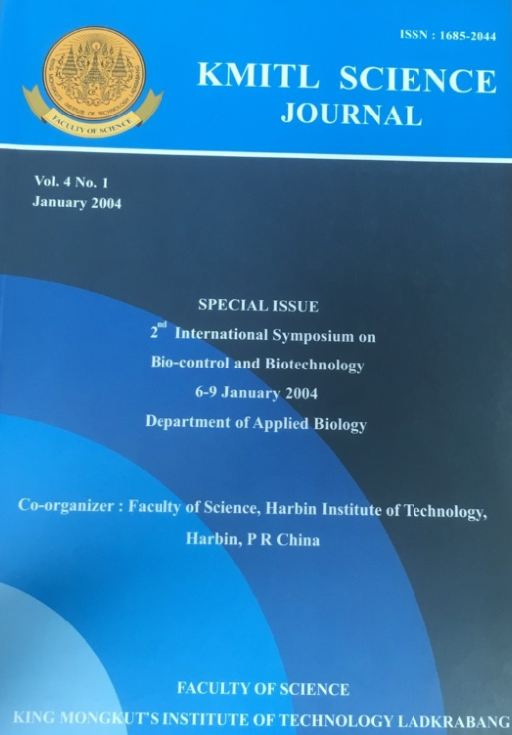Sting broken Apis mellifera was produced in Japan in order to prevent the allergy from bee stings and increase pollination. They are obtained by inducing gamma radiation to wild type A. mellifera at the larva stage. The difference between both type can not be detected at the development level. The size reduction in sting is visible after an abdomen dissection of sting broken workers. In order to avoid the death of sting broken bees, a method to detect the DNA variation between wild type Apis mellifera and sting broken honeybees was performed by using 6-MW primer (5’-CCGAC TCGAG NNNNN NATGT GG-3’), CTA4DOP primer (5’-CTACT ACTAC TACCG ACTCG AG-3’), and various RAPD primers (5’-GCATC GACTT-3’ as RAPD1; 5’-ACACT TCCCA-3’ as RADP2; 5’-GACGC TTGAC-3’ as RAPD3; 5’-CGATT CCCGT-3’ as RAPD4). The pattern of amplification was different between wild type A. mellifera and sting broken mutant. In addition, the high polymorphism of sting broken individuals as detected but in not wild type Apis mellifera individuals. DraI was used to cut genomic DNA of both. It seems that genomic DNA from wild type Apis mellifera was cut better. Genomic DNA library of both types of bees were successfully made. The result indicates the random effect of gamma radiation to the genome of the sting broken type. Although the DNA variation from both can be detected, the behavior of foraging is not different. At present, there are still many experiments to perform on sting broken honeybees before distributing to bee farming.
Keywords : -
Corresponding author: E-mail: cast@kmitl.ac.th
Chanchao, C. ., Amano, K. ., & Wongsiri, S. . (2018). The Detection of DNA Variation in Mutant “Sting-Broken Honeybees (Apis mellifera)” Induced by Gamma Radiation. CURRENT APPLIED SCIENCE AND TECHNOLOGY, 74-80.

https://cast.kmitl.ac.th/articles/151845